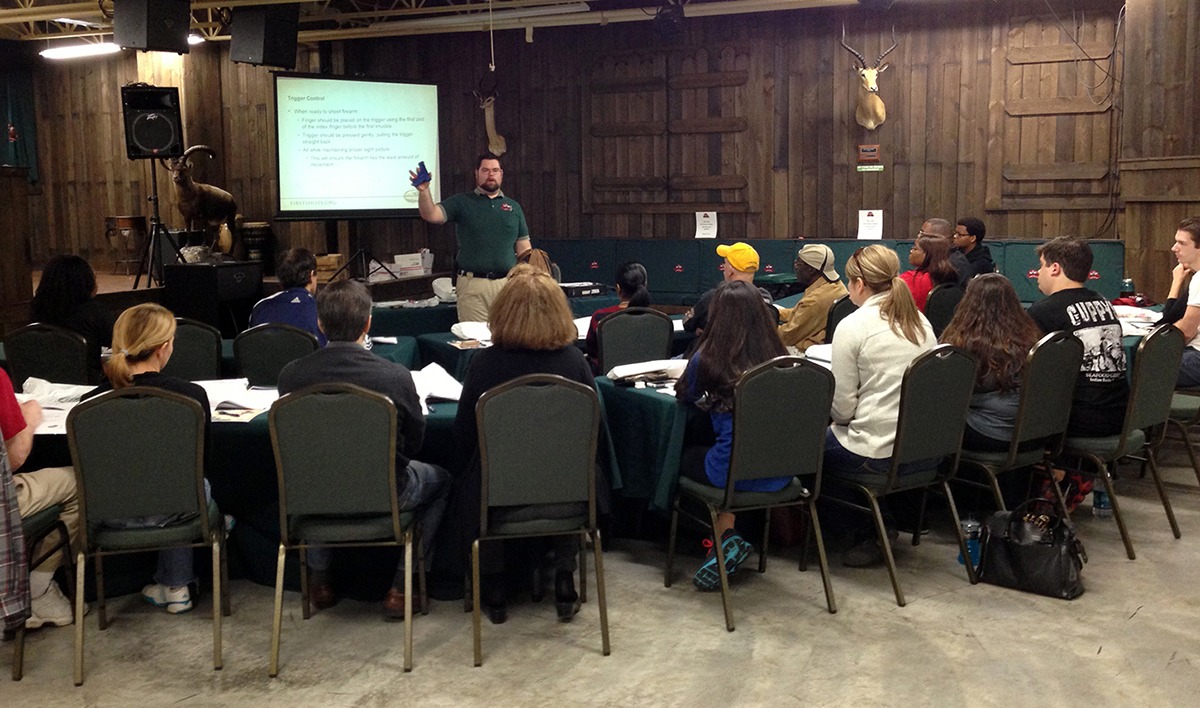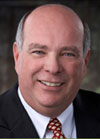 Back to News
Back to News
August 31, 2017
Curriculum Development — Get in the Niche of Things
As detailed in my article, “Increase Margins with Firearms Handling Training Programs,” a comprehensive training program is critical to increasing your range’s margins and profitability. Such a comprehensive training offering must support your marketplace niche.
Your niche identification is absolutely critical to expanding your business. Too often I encounter range owners who think of their niche in terms of inventory selection only. Likewise, the days of offering a CCW class or a basic handgun class and calling it good are over.
The first step in relating your niche to your training development is to take a hard look at your inventory and how it relates to your customer base. More than likely you will be off to a good start if you are comfortable with your inventory and your staff is not constantly reporting lost sales due to poor inventory selection. As an example, my own business doesn’t carry hunting rifles. This shocks many of my colleagues, as we live in the middle of hunting country where everyone and their mother owns a hunting rifle. But the fact is there are businesses in my demographic that do a better job at the hunting market than me. Conversely, what no one in my demographic does better than me is taking care of the personal safety, personal protection and the competitive shooting customer. That is my niche. When you walk through my doors there is no question regarding what we are all about. From the inventory selection and the knowledgeable staff to the design and capabilities of the facility and, of course, the classes we offer, we are the place for the personal safety, personal protection enthusiast.
Class Design for the Niche
 Let’s look at the classes you might consider in designing a curriculum for a niche that, like mine, is strong on personal protection. Just a few would be Handgun Familiarity, Basic Pistol, Basic Pistol II, Defensive Handgun I and II, Tactical Pistol, Home Defense Shotgun, Advanced Shotgun, Basic Carbine, Advanced Carbine and Precision Rifle. In the non-lethal area, you should consider OC Spray, Kubaton and Cane Defense. In the support courses, you might offer Refuse to be a Victim, an AR Armorer Course, Wilderness First Aid, Gunshot Trauma and Terminal Ballistics just to name a few.
Let’s look at the classes you might consider in designing a curriculum for a niche that, like mine, is strong on personal protection. Just a few would be Handgun Familiarity, Basic Pistol, Basic Pistol II, Defensive Handgun I and II, Tactical Pistol, Home Defense Shotgun, Advanced Shotgun, Basic Carbine, Advanced Carbine and Precision Rifle. In the non-lethal area, you should consider OC Spray, Kubaton and Cane Defense. In the support courses, you might offer Refuse to be a Victim, an AR Armorer Course, Wilderness First Aid, Gunshot Trauma and Terminal Ballistics just to name a few.
Now let’s say you have an outdoor rifle range with long-range (beyond 800 yards) capabilities. Imagine the curriculum you could offer your customers. A long-range rifle program could begin with classes specific to scope systems and the Mil-Dot process, range estimation methods, wind direction and velocity measurements. Rifle skills classes could start with a basic class on rifle manipulation and shooting positions, and that class could lead students to an intermediate distance class and then to a long-range class. Advanced handgun and shotgun classes could also be introduced. In the same vein, a clay target range can offer beginner through advanced classes established for individual sports of skeet, sporting clays and trap.
It is all about capitalizing on the facilities you have available and matching this to your niche.
Just remember you must have a facility with the capabilities of supporting the training you want to offer. To offer advanced handgun classes, for instance, you must have both the room and shooting bay design to allow for movement forward of the traditional firing line. If you intend to teach live-fire carbine classes, then your range must be rifle rated. These are just of few examples of the facility considerations you might need to make when formulating your instruction curriculum.
Creating the Excitement
Providing a quality class that meets the expectations of the student is often the only goal of many instructors and range owners. This is simply not good enough to grow your program at an accelerated rate and achieve margins that exceed any other revenue source in your business. As you build your class selection you must consider the excitement factor for each course. For instance, in our shotgun home defense class, we teach door breaching. Every student gets to breach a door — talk about excitement!
Without the excitement factor, you will not realize the program growth rate and profitability I’m suggesting. Using my range as an example again, like many facilities we offer a very good basic handgun class that provides the students all the skill sets and knowledge anyone would expect at this level of instruction. If this is all we did, then that class would have a number of satisfied students. But this is simply not good enough to take our programs where we want them to go in the accelerated timeframe we have come to expect. So we create the excitement in this class by guaranteeing each student will shoot a one-hole group at 18 feet during the class. See the photos below: Photo 1 shows the student’s first attempt at the one-hole group, while photo 2 shows the student’s efforts after our instruction.
The result? The student leaves with a level of accomplishment and excitement beyond what they ever thought was possible. This excitement drives them to take their target and tell anyone who will listen about their experience. For every 10-student basic handgun class we teach, we create 10 program sales advocates who can’t stop talking, Tweeting and Facebooking about us. Does this put more pressure on our instructors? Does it require more effort from all involved? Yes, it does! But the benefits are well worth it.
Summary
The benefits of a comprehensive curriculum in support of your training a program are real and often overlooked. The process of developing such a program as I’m discussing in this series of articles is time-consuming and requires a realistic assessment of your overall business performance and capabilities — but it is my belief that the training aspect of your business is unmatched in providing you with high margins and accelerated market share growth.
I’ll be examining more about firearms training programs in future articles, as well as other topics that affect today’s firearms ranges. In my next column, I’ll take up the process of building a lesson plan for a Basic Handgun Class. You will be able to apply these steps to any subject you intend to explore or offer in the future. Until then, and should you have any questions about your range, visit www.nssf.org and click on the “Ranges” heading at the top of the page. There you’ll find a number of resources, including information on NSSF’s Range Action Specialist Team, its Star-Rating Range Program and more.
About the Author
Edward M. Santos is the owner and founder of Center Target Sports, Inc., and the Tactical Services Group, both located in Post Falls, Idaho. Since 2004 he has operated a very successful commercial NSSF Five-Star range, and he provides comprehensive consulting services to shooting ranges, including business plan development, facility design, and operations and management system development. A well-regarded industry liaison, he is a frequent presenter at NSSF’s annual SHOT Show and teaches civilian, military and law enforcement personnel about shooting range development, utilization and training practices. He has been a member of NSSF’s Range Action Specialist Team since 2010.












